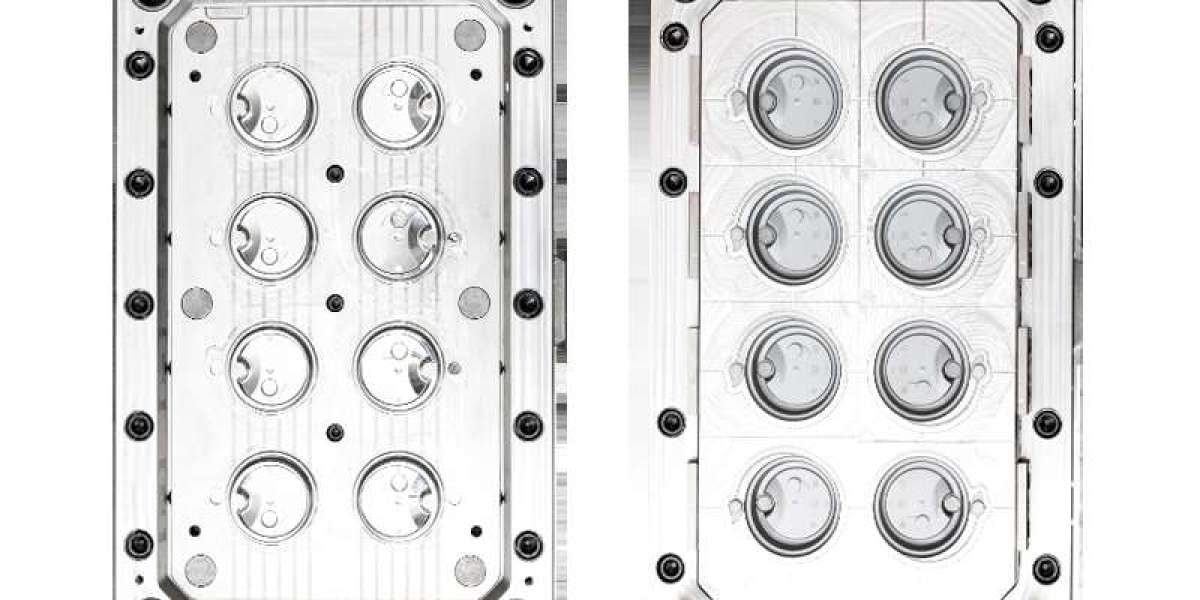The operational backbone of countless industries is the modern plastic injection mould factory. This manufacturing facility specializes in transforming granular polymer resins into precise, durable components through a cyclical, high-pressure process. The work within a plastic injection mould factory is defined by technical precision, repeatability, and a deep understanding of material science. From the moment raw material is delivered to the shipping of finished parts, every procedure is meticulously planned and controlled. The entire production ecosystem of a plastic injection mould factory is built around the central injection moulding machines and the intricate tooling that gives each part its shape. This environment is not merely about melting and forming plastic; it is a sophisticated engineering discipline where parameters such as temperature, pressure, and cooling time are meticulously managed to ensure consistent output and part quality, batch after batch. The reputation and output of a plastic injection mould factory depend entirely on this rigorous control over its core process.
At the heart of the operation lies the injection moulding machine itself. This apparatus, central to any plastic injection mould factory, consists of two primary components: the injection unit and the clamping unit. The process begins with the feeding of plastic resin, often in pellet form, from a hopper into a heated barrel. A reciprocating screw within the barrel rotates, mixing the material as it travels forward. The mechanical shear from the screw rotation, combined with the precisely controlled heater bands along the barrel, gradually melts the polymer into a homogeneous fluid. This molten plastic is then accumulated in a chamber at the front of the screw. Once a sufficient shot volume is prepared, the screw acts as a plunger, advancing forward at high pressure to inject the viscous melt through a nozzle and into a sealed mould cavity. The mould, a custom-made precision tool typically manufactured from hardened steel, defines the part's geometry, surface texture, and dimensional tolerances. The clamping unit of the machine must exert enough force to keep the two halves of the mould securely closed against the immense internal pressure of the incoming plastic, a critical requirement to prevent flashing and ensure part integrity.
After the cavity is filled, the component enters the holding and cooling phases. Pressure is maintained on the material for a short period to pack additional polymer into the cavity, compensating for volumetric shrinkage as the material begins to solidify from the outside in. This packing phase is crucial for preventing sink marks and achieving dimensional stability in the final product. Once the gate—the small channel through which plastic enters the cavity—solidifies, the holding pressure is released, and the part continues to cool within the mould. Efficient cooling is achieved through a network of internal channels drilled throughout the mould tool, through which a temperature-regulated fluid is constantly circulated. The duration of this cooling phase is a significant portion of the total cycle time and is carefully calculated based on the thermodynamic properties of the plastic material and the thickness of the part. Once sufficiently solid, the mould opens, and ejector pins are activated to gently push the finished component out of the cavity. For a plastic injection mould factory, optimizing this entire cycle is a primary focus for enhancing production throughput and operational efficiency.
Secondary operations often follow the primary moulding process. When the part is ejected, it may still have minor imperfections such as sprues, runners, or thin edges of flash, which require removal. This deflashing is a common post-processing step in a plastic injection mould factory. Depending on the application, parts may also undergo further finishing, which can include machining, painting, ultrasonic welding for assembly, or the installation of metal inserts. Quality control is an integral and continuous activity, not an afterthought. Technicians perform dimensional checks using calibrated instruments like calipers and coordinate-measuring machines (CMMs) to verify that the parts conform to the strict specifications defined by the customer. They also conduct visual inspections to identify any surface defects such as flow lines, jetting, or discoloration. The data collected from this quality assurance process is fed back to machine operators to make fine adjustments to the process parameters, ensuring consistent quality. The final output of a well-run plastic injection mould factory is, therefore, a testament to a tightly integrated system of advanced machinery, skilled labour, and rigorous process control, delivering components that are essential to modern manufacturing.














